Horses come in many shapes and sizes, but few are as majestic or have the same irresistible presence as the Friesian. With an unmistakable black coat and a flowing mane, this horse is as impressive as it is versatile, and as a result, it is a breed that has many uses.
If you’re thinking of buying a Friesian and are wondering what they excel in or even if you’re just interested in learning more about this beautiful animal, here we give you all the details you need as we answer the question, what are Friesian horses used for?
A bit about Friesian horses
Before we talk about the different uses of Friesian horse, let’s start by saying a few words about the breed and where it comes from.
The Friesian is a breed of horse from the Netherlands, more specifically from the northern Friesland region.
The ancestors of these horses are known from as far back as Roman times, and during the Middle Ages, they became famous mounts for war. Later, as faster, lighter horses became preferable for battle, Andalusian horse blood was added to the breed.
Later, they were used for agricultural work, but as technology developed and horses were no longer required for this, they fell out of favor, and at one point, they came close to extinction.
Fortunately, they were brought back from the brink, and now a healthy population exists – although the genetic pool is still relatively small, which causes some problems in this breed.
Appearance and temperament
Modern Friesians are known for their shiny black coats, their long manes and tails and the feathering on their legs – although they can sometimes be found in other colors too. To be registered, no white markings are allowed other than a small white “star” on the head.
Stallions usually stand at around 14.2-17 hands (58-68”, 147-173cm), they have a muscular build, powerful conformation, an arched neck and relatively short, strong legs.
They are calm, dependable and friendly in disposition. They are considered to be a small draft horse and are a “warmblood” breed due to there being both hotbloods and coldbloods in their lineage.
Nowadays, there are two types of Friesian horse. One is the more traditional type, known as the “baroque”. It is larger than the “modern” or “sport” Friesian, which is a slightly lighter and more agile version.
Friesians are docile, intelligent, easy to train and eager to please, making them a highly versatile animal, so now let’s look at some of the many uses they have had, both past and present.
1. Warhorses
Although it’s fair to say this is not something they are used for today, Friesians originally made their name as warhorses.
Back in the days when horses carried knights in armor into battle, Friesians were prized mounts for several of their characteristics.
First, they were big and strong enough to carry a heavy knight in full battle dress, and their impressive stamina meant they wouldn’t tire quickly.
They are stolid animals that don’t frighten easily, which would have been important once the chaos of battle ensued, but at the same time, they have a lively spirit, which would have made them fearsome animals to face in a charge.
Of course, with the addition of blood from other lines, the breed has changed a lot since those days – but some of the character of those old warhorses remains, making them equally suitable for a range of other activities.
2. Agricultural work
With technological advances in warfare, horses were no longer needed, but the versatile Friesian found work elsewhere – on the farm.
Friesians are considered a breed of draft horse, and although they are smaller than some of the largest drafts, they make up for this with a willingness to work, an ability to learn and the desire to please.
With the mechanization of agricultural machinery, they also became largely obsolete on the farm – but they are still occasionally used for agricultural work, and they can also be found giving demonstrations of the kind of traditional farming techniques that were once prevalent.
3. Trail riding
Friesians make an excellent choice of horse for trail riding due to several of their most important characteristics.
When trail riding, you never know what to expect, so you need a horse that doesn’t get spooked easily.
If you suddenly come across somebody’s dog, a wild animal or another rider in the forest, you don’t want a horse that will rear up or turn and bolt – and the Friesian’s calm demeanor in this kind of situation makes it a horse you can trust.
Friesians can also easily accept other horses or animals – so if you’re out with a group of other riders, their mounts are unlikely to cause any distress to your horse.
Finally, since many of the paths you’ll ride on may be uneven, you need a sure-footed animal that won’t trip and injure itself or throw you from the saddle, and once again, for this, the Friesian is an animal you can rely on.
4. Dressage
Friesian horses are not one of the traditional breeds that commonly appear in dressage events, but in recent years more of these horses have been taking part – and in many cases, they have excelled.
Of the two types of Friesian horse, the modern Friesian is more suited to elite dressage competition, but the baroque Friesian can also perform well in dressage events at a slightly lower level.
There are several reasons why Friesians perform well in dressage events, and one of the most important is their character.
They are easy to train and willing to learn – and are generally eager to please their owners. They are also patient enough to put up with the constant repetitions and drills that are required to prepare them for competition, something some other breeds cannot endure.
They also have a conformation that is highly suited to dressage. They have a strong presence and move with grace and agility, performing movements with balance, symmetry and elegance.
They also have a smooth, regular gait, and with their “uphill” build, they naturally extend their long forelegs in front of them as they walk.
5. Competition and recreational driving
Many of the characteristics that make Friesians suitable for dressage also make them the ideal horse for both competition and recreational driving, and this is now one of the most widespread uses for this breed of horse.
The Dutch carriage traditionally pulled by Friesian horses is called the sjee. They are a type of high-wheeled cart with two wheels that was a common mode of transport in the Netherlands before the advent of the modern car.
For this kind of work, a strong, dependable horse with a calm disposition is required, a description that matches the unexcitable Friesian perfectly.
Their strength and stamina along with their trainability make them a good choice for pulling other types of carriage too, which is why they are commonly used for this both in and out of competition.
6. Funeral horses
At one time, there were around 700 Friesian horses in London alone working in the funeral industry.
This was back in Victorian times, and of course, nowadays, horses are not commonly used for this purpose anymore.
However, some people still prefer a horse-drawn cart for funerals rather than a motorized vehicle, and in that case, the Friesian is one of the most common choices.
7. Movie and TV work
For many non-horse people, perhaps the place where you are most likely to see a Friesian horse is on the screen since they are commonly employed in the TV and movie industries – and it’s easy to understand why.
As we have already mentioned, Friesians have a noble, elegant and graceful appearance, giving them the kind of strong presence that resonates well on screen. They are an especially popular choice in war or fantasy films for exactly this reason.
Since they are easy to train and eager to please, it’s easy to get them to do whatever the director requires, something that is invaluable for people who understand the potential problems that can be encountered when working with animals.
Finally, their unflappable countenance is also highly desirable. Movie or TV sets can be lively places with plenty of bustle and activity, so having an animal that won’t easily be startled or unsettled is of the utmost importance.
When taken together, the characteristics of the Friesian make them just about the perfect breed for this use, and the long list of movies and TV shows they have appeared in attests to this fact.
Here are just a few notable examples of movies that used Friesian horses:
- The Clash of the Titans (1981)
- Ladyhawke (1985)
- The Mask of Zorro (1998) and The Legend of Zorro (2005)
- The Time Machine (2002)
- Alexander (2004)
- The Chronicles of Narnia: The Lion, the Witch, and the Wardrobe (2005)
- 300 (2007)
- The Hunger Games (2012) and The Hunger Games 2: Catching Fire (2013)
They also featured extensively in the TV series Game of Thrones (2011-2019) and can also be seen in innumerable others.
8. Circus performances
Friesian horses are also a good choice as a circus horse, for all the same reasons. They aren’t frightened by big, noisy crowds, they can be trained easily and will perform reliably.
This is not such a prevalent use anymore since circuses are less common than they once were – but for circus performers, Friesian horses are a good breed to turn to.
9. Breeding
Another use of Friesian horses is to improve other breeds, and this has been done many times down the years.
An important example of this is the English Shire horse, which was developed through the addition of Friesian blood to existing local breeds.
Many other breeds have benefited from the addition of Friesian blood, including the American Morgan Horse to name just one.
Is there anything Friesians are not good at?
With this list of things Friesian horses are suitable for, you might be forgiven for thinking they’re the perfect breed for just about anything. However, there’s an old saying that goes “horses for courses” – and there are some activities Friesians don’t perform so well.
For example, they are not a horse that’s bred for speed, which means they’ll never make top racehorses – although, when it comes to racing in harness, they perform well.
They are reasonably quick in short bursts, but they can’t reach speeds to match the fastest breeds, and they can’t maintain top speed for a long time.
They also aren’t good jumpers. They can be trained to jump, and they do it well enough in recreational jumping, but if you’re talking about competing against the top breeds, they can’t come close.
What are the downsides of this breed?
If you are thinking of buying a Friesian horse, it can be a great choice. However, there are a few things to bear in mind since they are not always the easiest animals to keep.
One thing to remember is that they are a lot of work to look after, and they require lots of grooming.
Because they have long manes and tails, they need constant brushing, and the “feathers” on their legs – that attractive long, silky hair – also need to be cared for.
One time-saving option is to braid the mane and tail, but the mane, tail and feathers still need constant attention to prevent potential skin infections and disease.
Friesians are also known to be prone to several congenital diseases, possibly due to the limited gene pool they have been bred from. These may include:
- Dwarfism
- Hydrocephalus (the accumulation of fluid in the brain)
- Aortic rupture
- Megaesophagus (esophageal dilation)
- Equine polysaccharide storage myopathy
- Digestive disorders
- Insect bite sensitivity
Other than this, they also have shorter life spans than many other breeds of horse, living an average of 15-17 years rather than the more usual 25-30 years.
They can be expensive to buy too, and their short lifespan effectively increases the cost, so this is not a horse to consider if you don’t have a relatively high budget to invest.
A versatile horse that is understandably in much demand
So as we have seen, the Friesian is a highly versatile breed of horse with a calm and friendly demeanor, a willingness to learn and a reliability that is highly prized. For these reasons, it is no surprise that this horse is a great choice for many kinds of activity.
Although they can be a lot of work to look after, they can make reliable and beloved equine companions, and whether you need a horse for trail riding, pulling a carriage, for dressage, for acting duty or much more, Friesians are a breed you can always depend on.
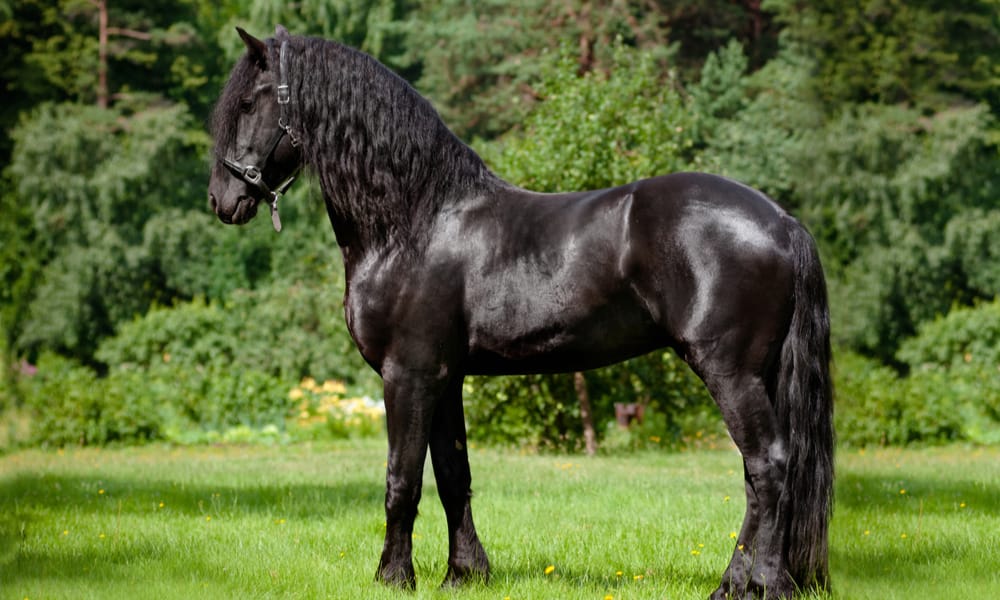
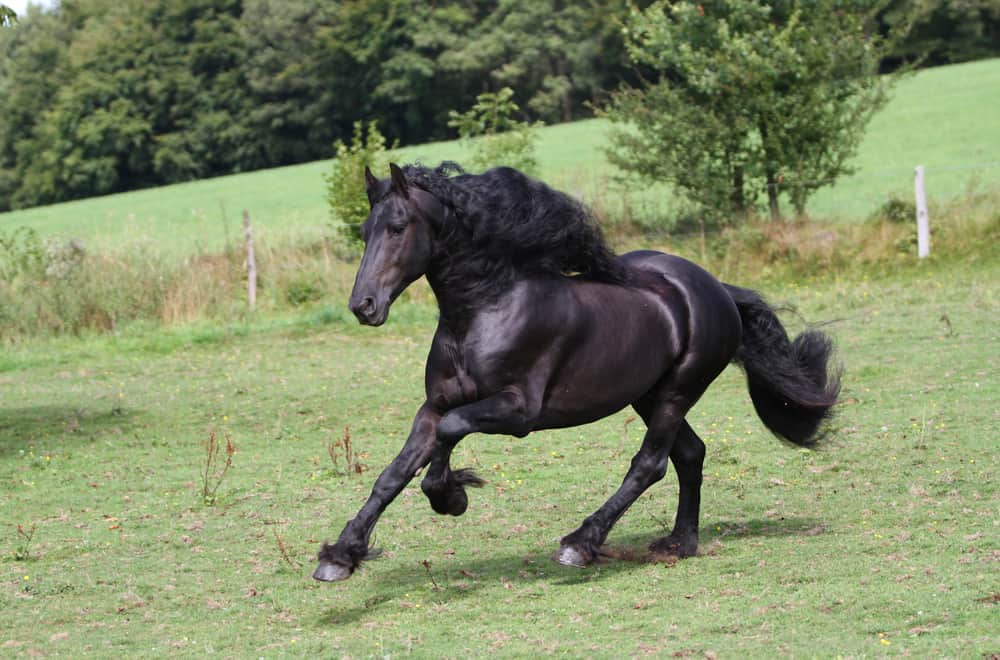
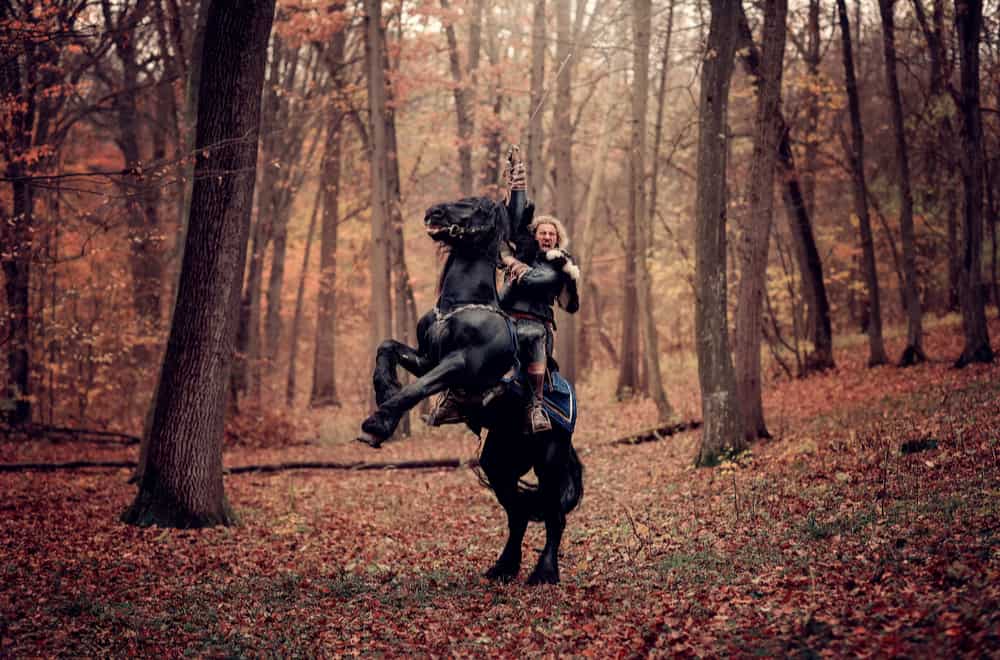
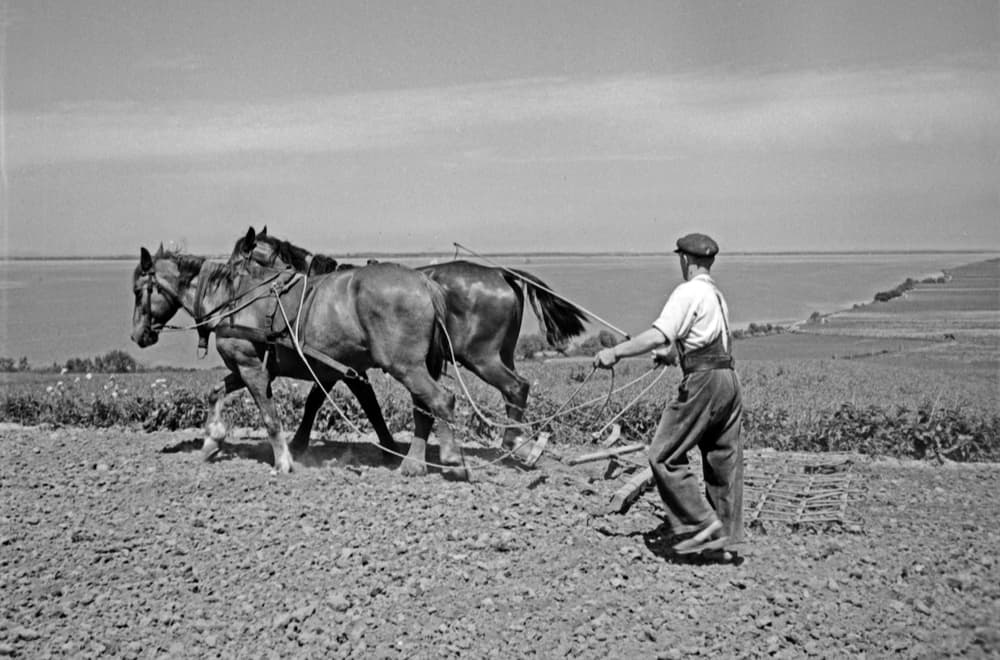
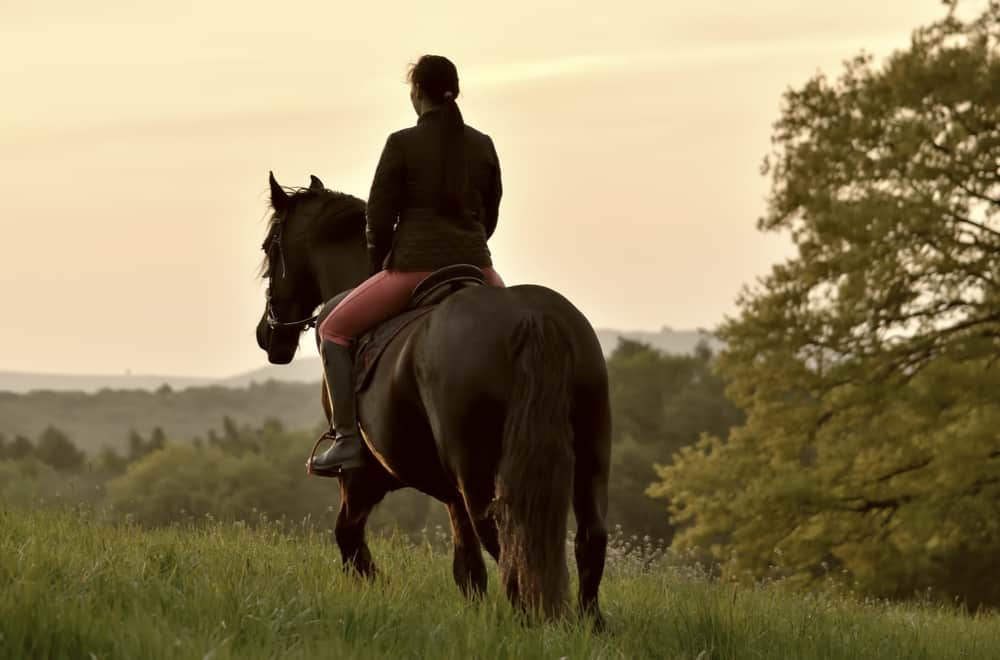

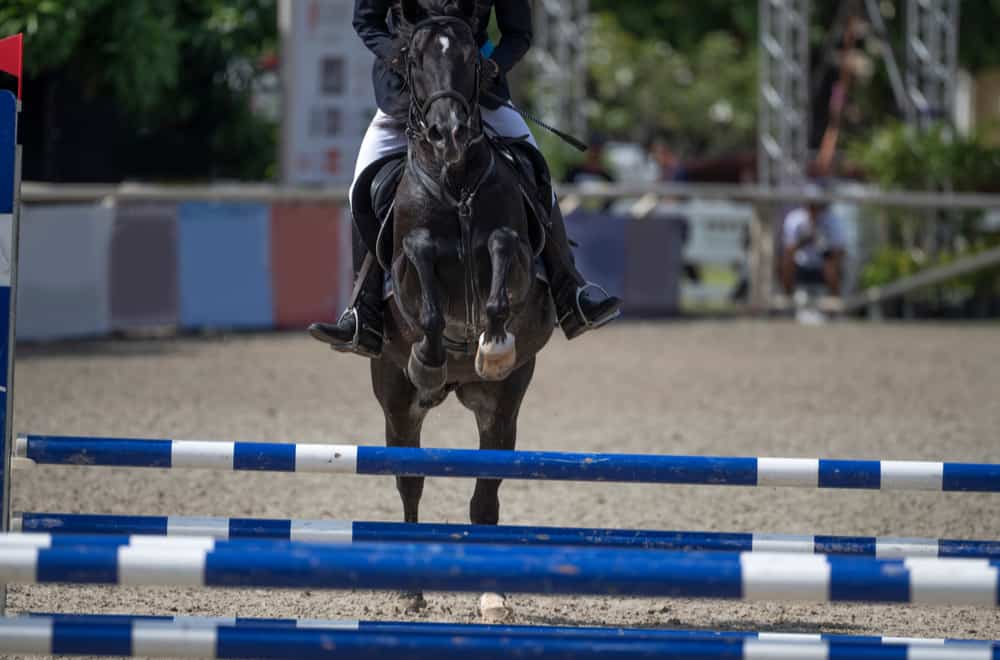
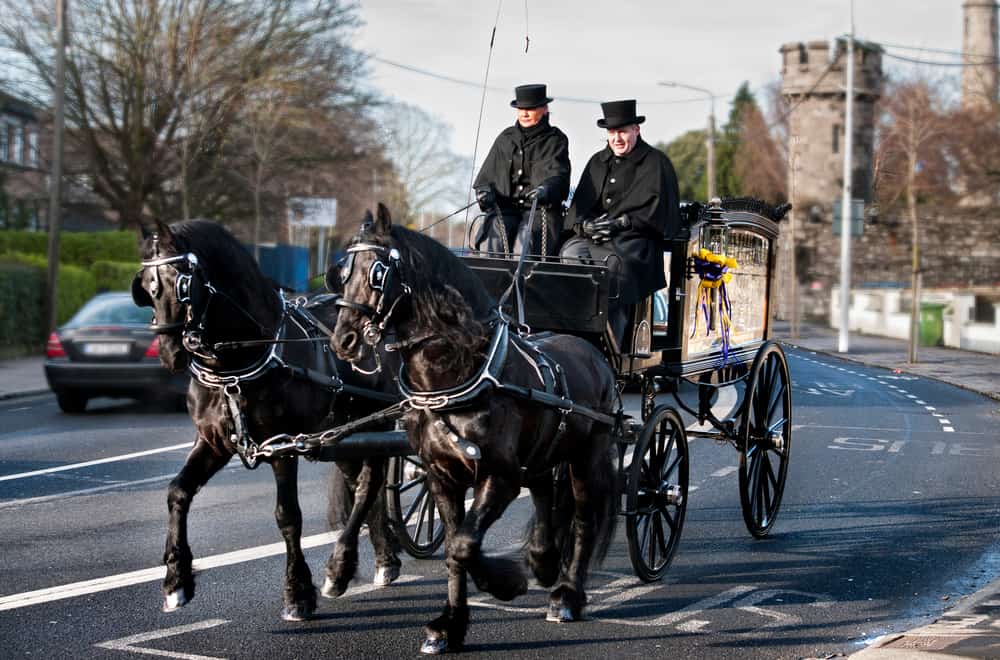
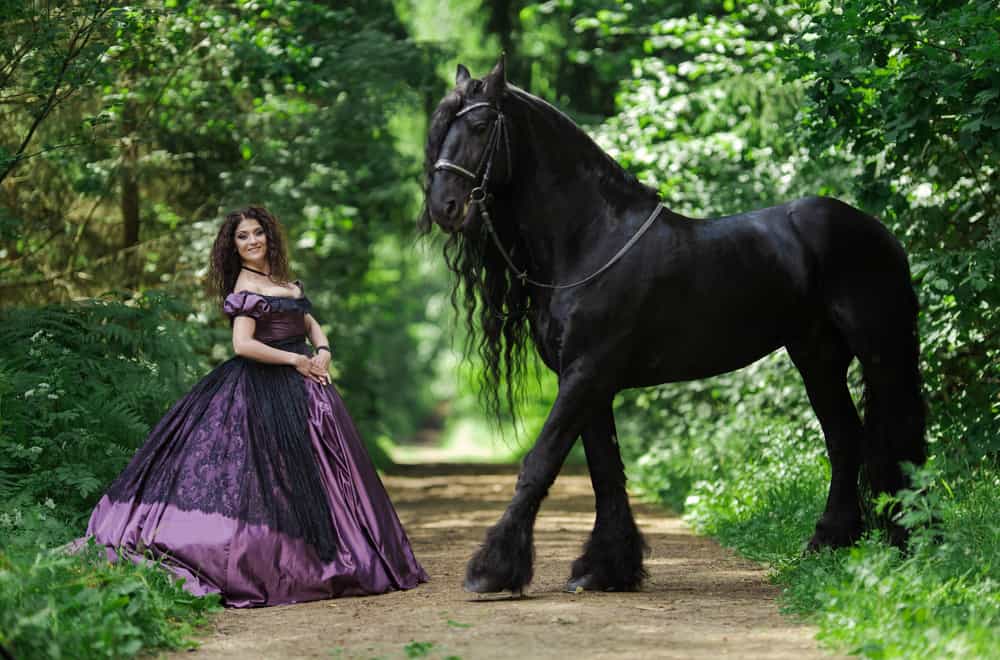
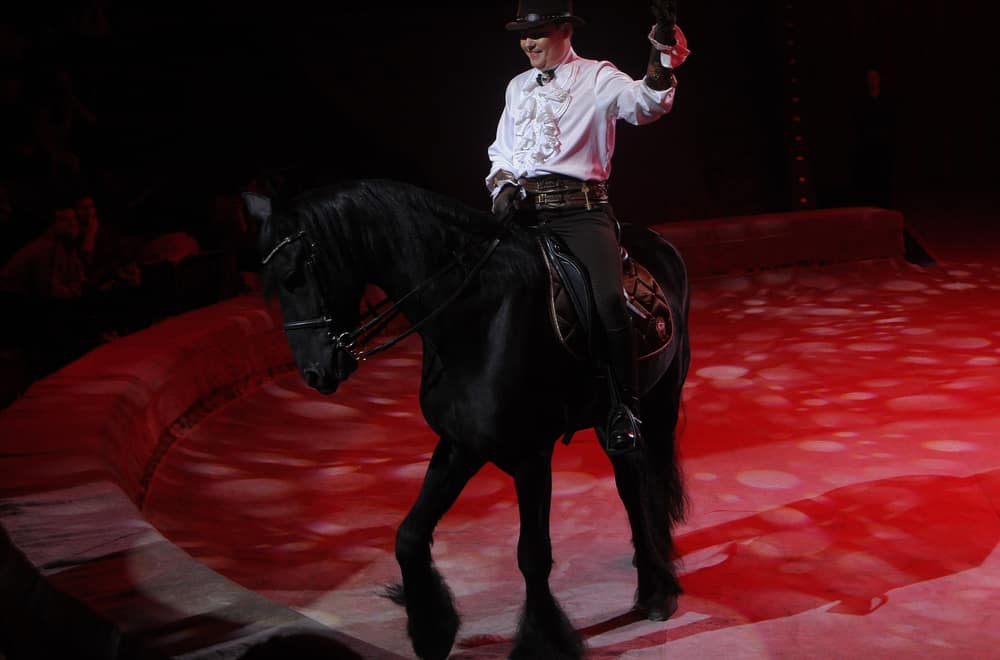
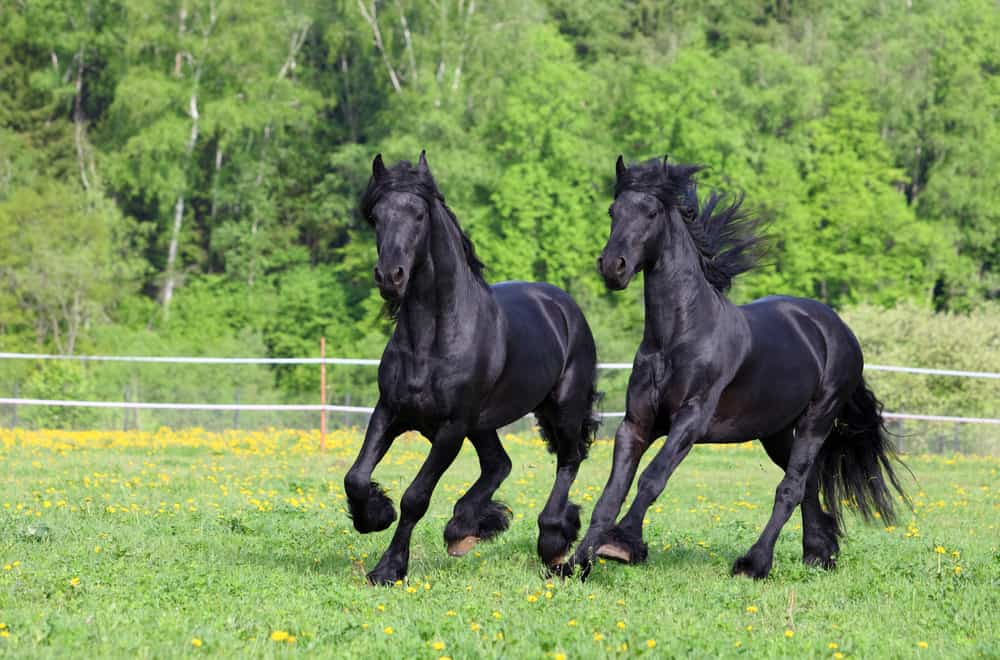
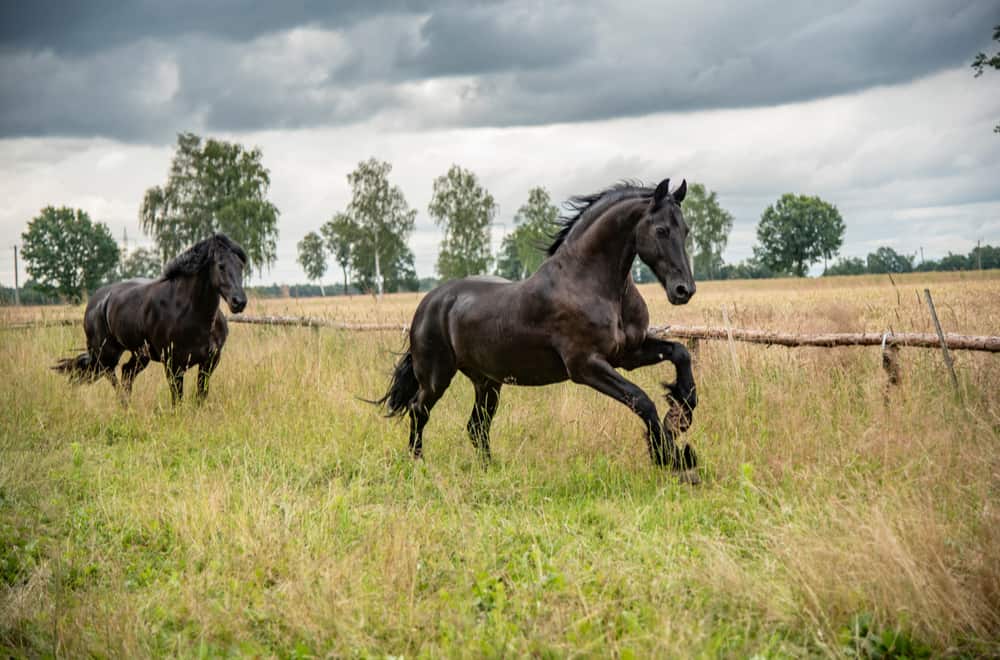







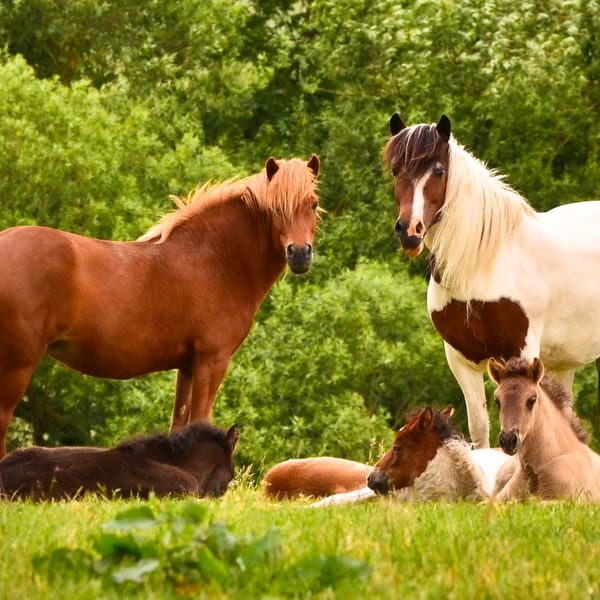
Are they easy to nourish and the cost of raising them is expensive?
Informative and fascinating article covering Friesians very thoroughly. I grew up in Kentucky riding horses. I’m 67 now and have lived Californian for 44 years. I have always dreamt of riding a Friesian. It’s on my bucket list. I wonder where I might accomplish this dream?